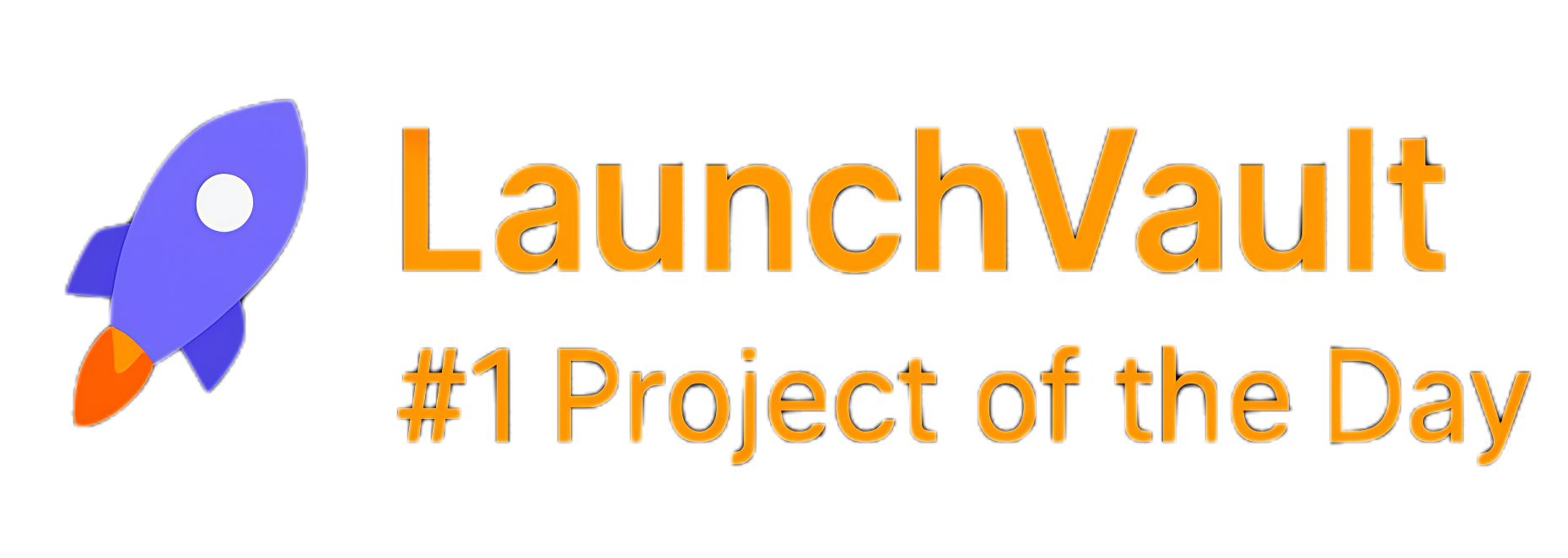TALENTA: A HUMAN-COLLATERALIZED CURRENCY FOR THE DIGITAL IDENTITY AGE
TALENTA: A HUMAN-COLLATERALIZED CURRENCY FOR THE DIGITAL IDENTITY AGE
Talenta as Digital Identity.Global-Backed Bond Currency
The proposed talent-based currency system resurrects this etymological and historical heritage within a modern financial and technological framework. Rather than representing physical precious metal or government fiat, the talent would function as a bond-backed currency secured by distributed human capital — that is, by the aggregated future productive capacity and demonstrated trustworthiness of individual token holders.
This represents a conceptual inversion and modernization of traditional monetary backing mechanisms:
Traditional fiat currency relies on state credit and central bank guarantee; commodity-backed currency (gold or silver standards) anchors value to physical reserves; the talent anchors value to verified human identity, capability distribution, and obligation-performance history.
The collateral underpinning talent-denominated instruments would consist of a comprehensive digital identity ledger encompassing:
Factological and biometric data — verified identity credentials, authenticable personal information, and cryptographically secured biometric markers that prevent identity fraud and spoofing
Verified qualifications and credentials — blockchain-secured digital certificates documenting achieved skills, certifications, educational attainment, and professional capabilities, utilizing tamper-proof, decentralized verification mechanisms resistant to forgery
Track record of obligation fulfillment — immutable transaction histories, credit payment records, contractual compliance documentation, and behavioral patterns indicating reliability and trustworthiness
Social network topology and referential trust — documented professional and personal relationships, peer verification, collaboration histories, and network-derived reputation metrics reflecting social capital and reciprocal trust relationships
Value system alignment and demonstrated action — documented commitments to specific principles, transparent track records of values-congruent behavior, and historical consistency between declared principles and actual conduct
This multidimensional identity representation functions analogously to a human capital contract or income share agreement, wherein investors (or talent-holders) possess claims upon a person's future productive capacity and income generation. However, the talent system distributes this investment across a networked ecology rather than concentrating it in traditional institutional creditors. The system represents, in essence, a socialized bond market where individual human talent and trustworthiness constitute the security.
Comments
Achievement


Publisher
Slava Solodkiy.cv